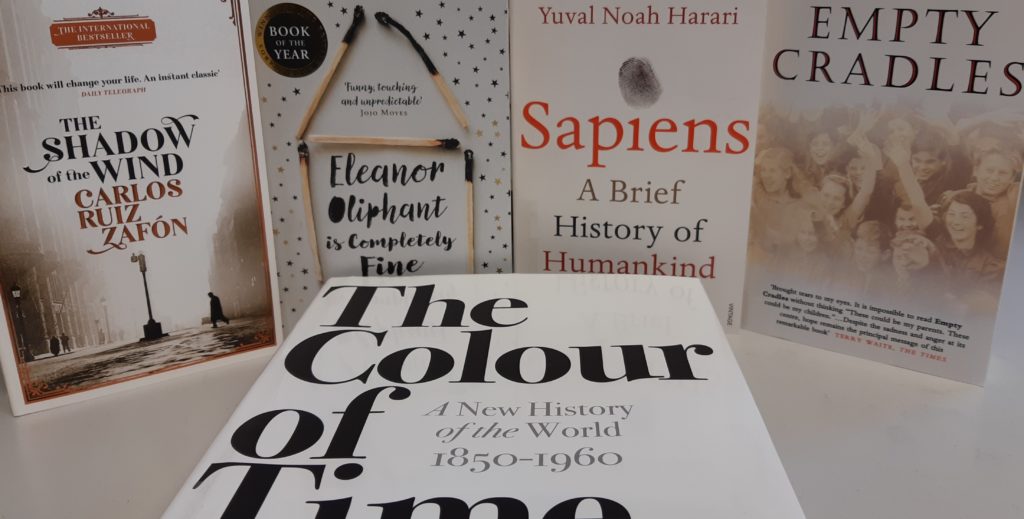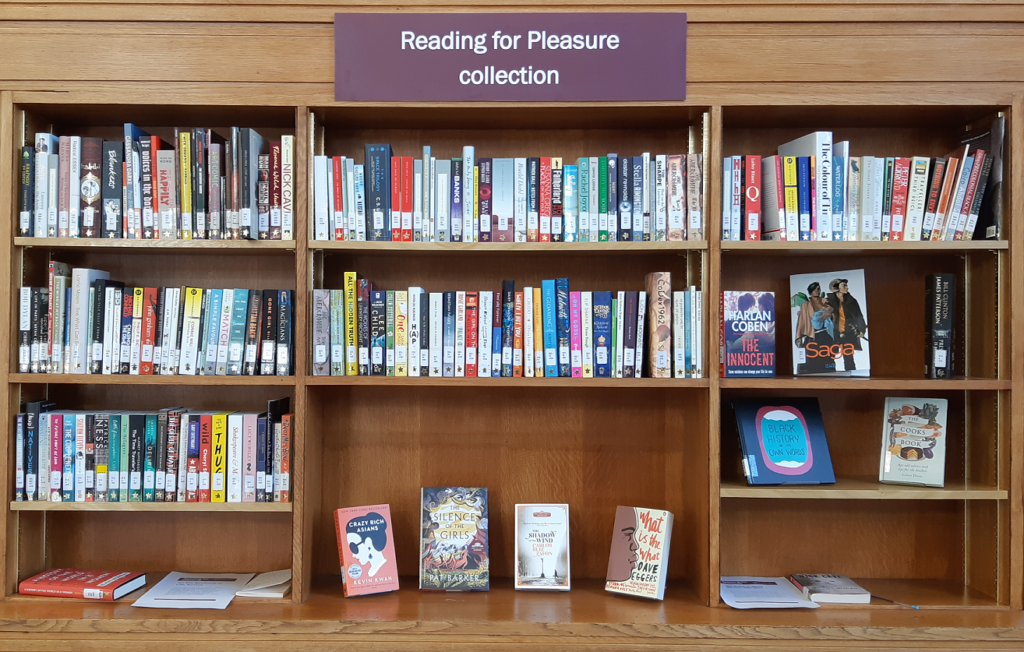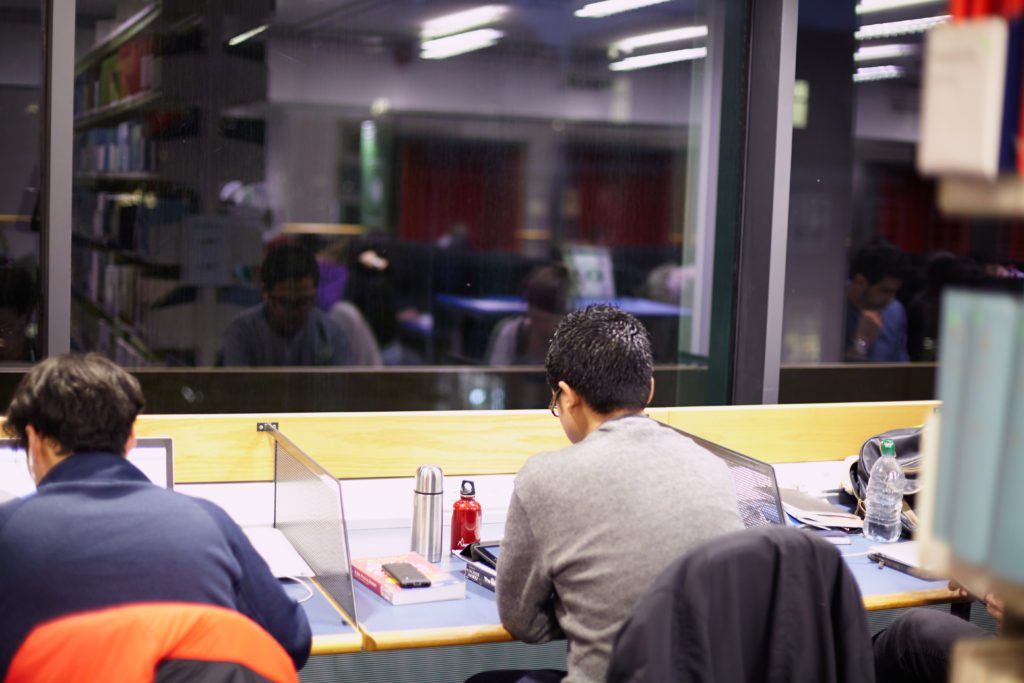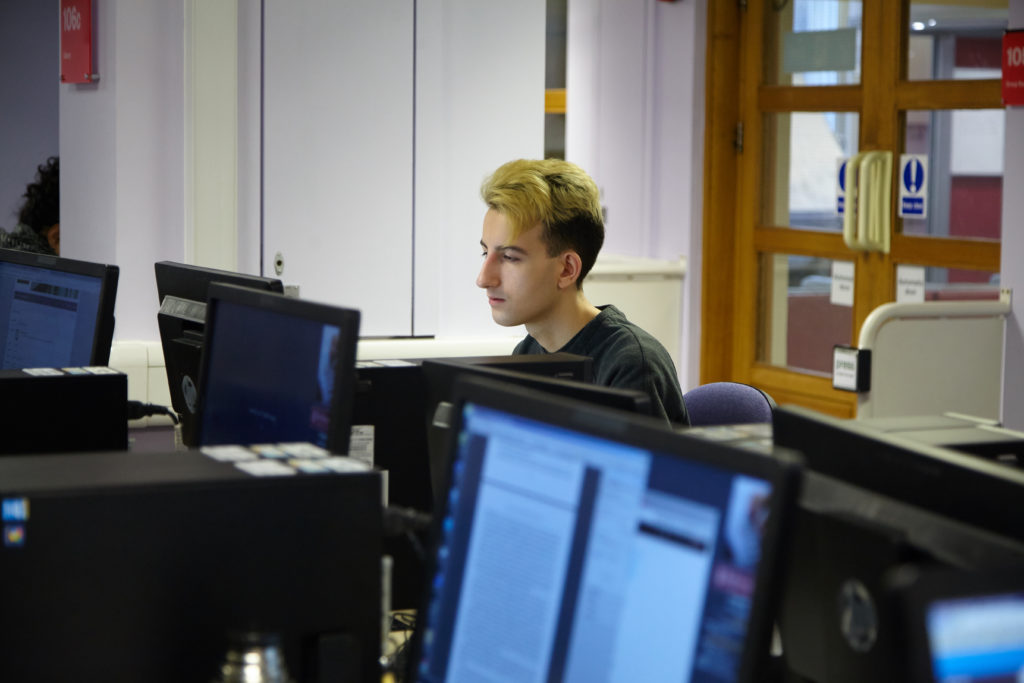Library refurbishments can sometimes seem like a simple trade-off between stacks of books and rows of seats, with the latter increasingly trumping the former. As we have prepared for our own summer works, some staff (although hardly any students) have expressed the concern that we are betraying our core mission by reducing our on-site book stock in order to create more study spaces.
Space has certainly been a big driver for this refurbishment. During the last few years, and in line with the rest of the sector, the use of our printed books and journals has declined steadily as more information is supplied digitally: our users borrow 46% fewer books than they did ten years ago. However, during the same period, library visits have gone up and a greater number of students than ever are choosing to spend time here, either to read, write or work collaboratively. This has meant that the we are often full to capacity – and at busy times of the year there are literally no free seats available. Moving some of our lesser-used volumes to a nearby location seems a reasonable solution to this problem. The first phase of the refurbishment will increase the number of study spaces in the Library by about 15%.
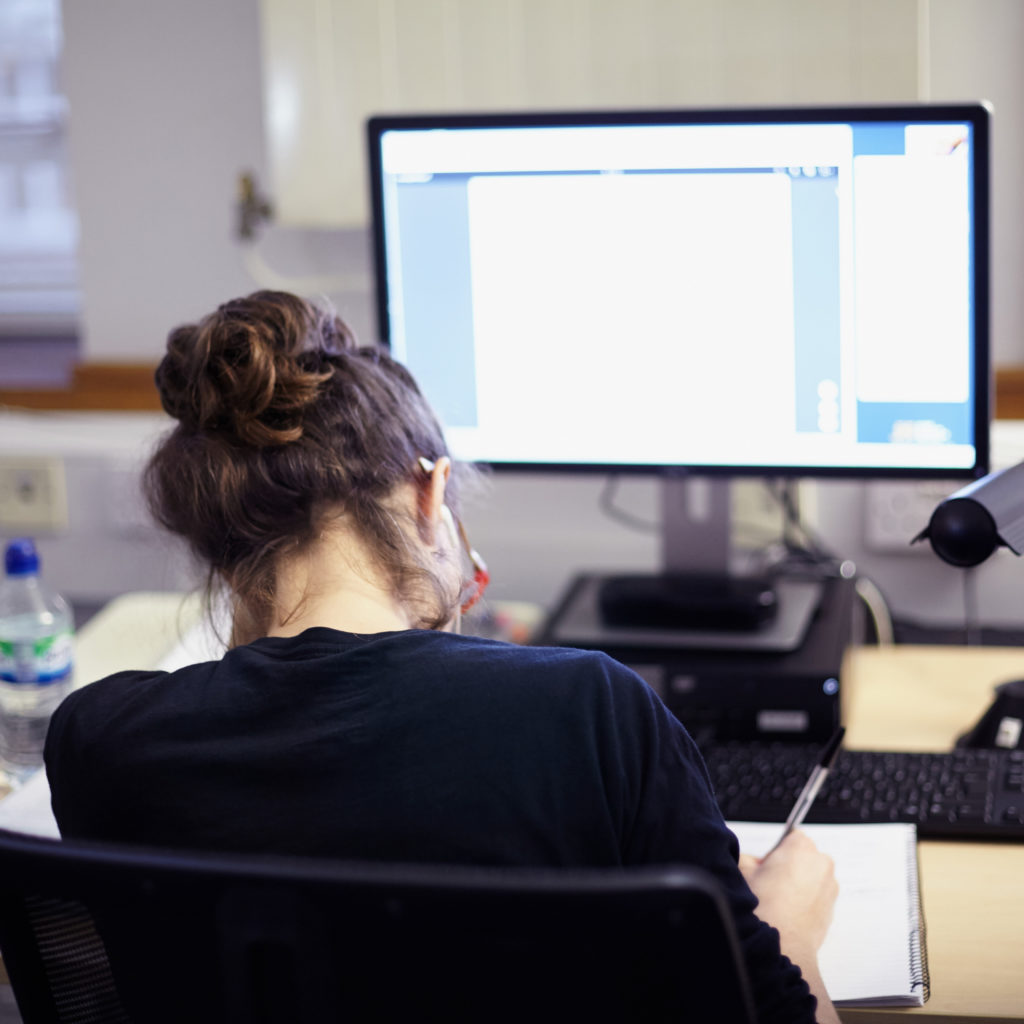
But there is a broader vision behind the refurbishment: the creation of a space which reflects the Library’s evolving role within Birkbeck. That role includes, but is not confined to, the provision of information resources, and encompasses many other services which add value to the institution and the student experience.
The project will create a physical environment which better supports current teaching and learning practice at our university. IT facilities for the delivery of digital education will be central to the newly designed space. There will be an expanded group study area with bookable pods for collaborative working as well as enhanced zones for individual and silent study with booths and softer seating. We are also exploring the possibility of incorporating a separate room for research postgraduates in the future. We want a space in which different levels and styles of learning – blended learning, project work, traditional text-based research – can all take place under the same roof.
We are building two additional study support rooms for disabled and dyslexic students, and further improvements are planned for our popular Accessibility Centre. The refurbished Library will better reflect the diversity of our students.
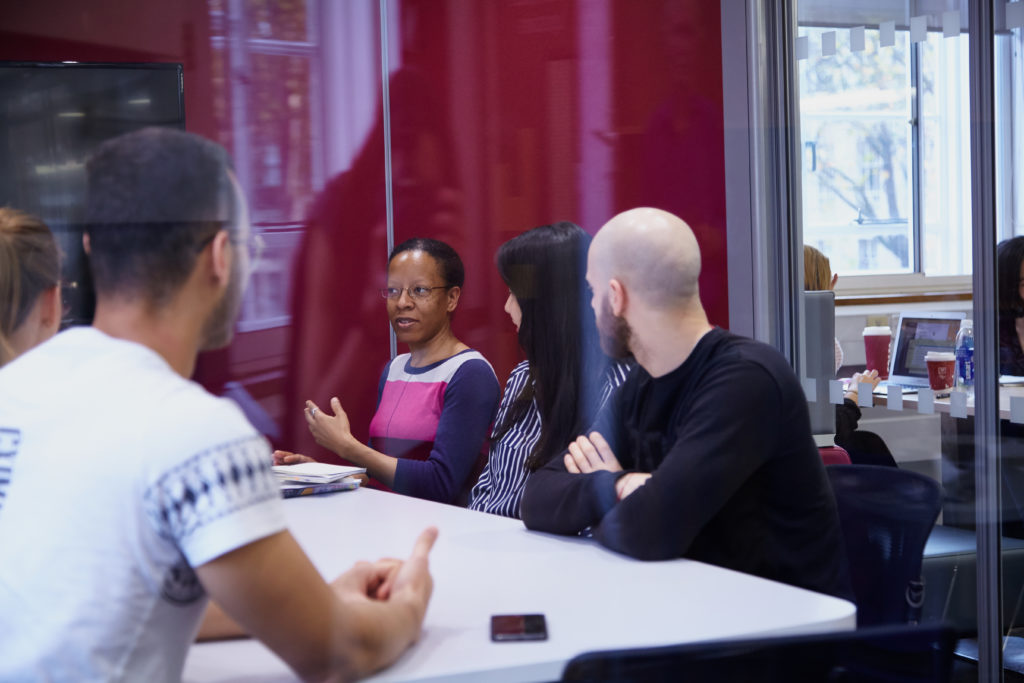
There will be a new training room: a modern, flexible space in which Library staff will deliver workshops on subjects such as research skills, information literacy and data management. Increasingly, we provide training as part of College-wide programmes and we will invite other student support services such as Study Skills, Birkbeck Futures and the Birkbeck Graduate Research School to share this teaching facility. The refurbished Library will become a hub for skills support.
Finally, this theme of collaborative working will also be reflected in a new single helpdesk where Library and ITS staff will work alongside each other. Students will receive a more joined-up service and the Library will become a place that students and staff can visit for an even wider range of support and advice.
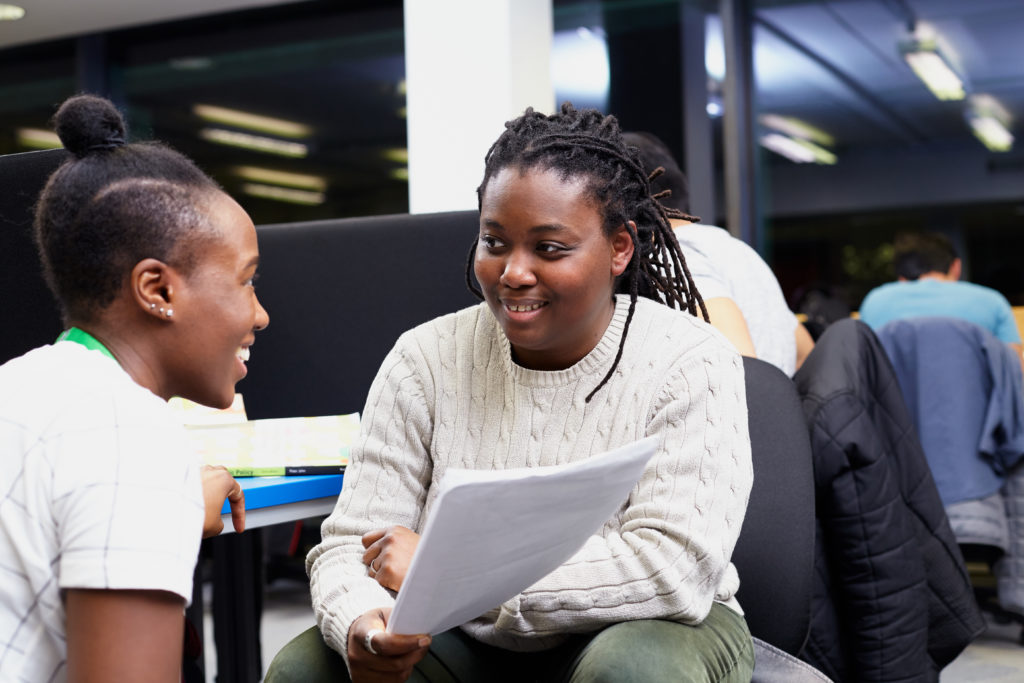
So, the project is about more than just books and study spaces. It will establish the Library as a key location for learning, teaching and research at Birkbeck. It will enhance the student experience and support efforts to improve retention and achievement. The refurbishment will ensure that our physical space reflects the reality of our role as a modern academic library.

